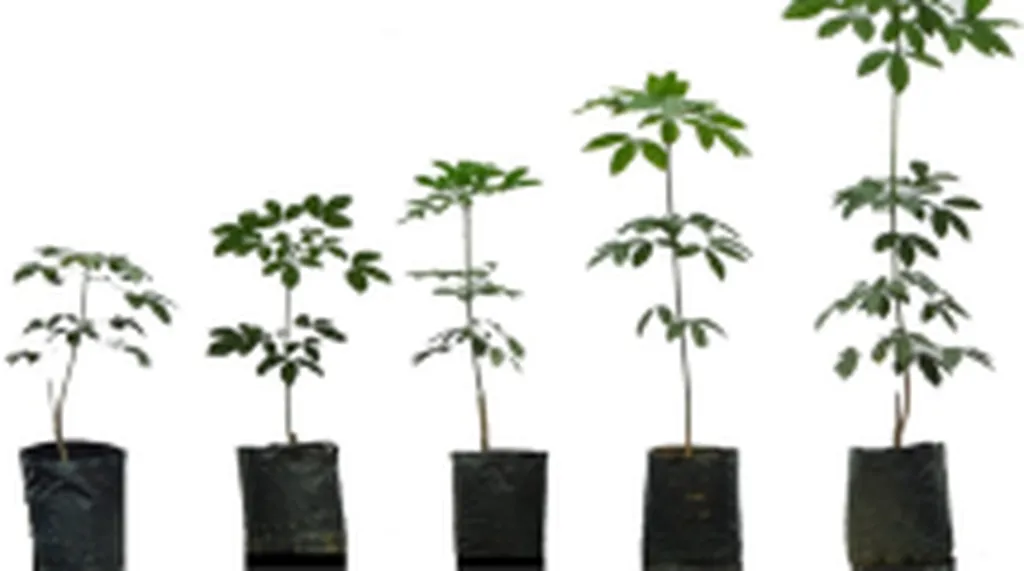In the quest for sustainable agriculture, a recent study published in the open-access journal *PLoS ONE* (which translates to “Journal of the Public Library of Science”) has uncovered a promising approach to enhance the growth of rubber plants. The research, led by Hao Ling, explores the efficacy of a peat moss-based bioformulation containing microbial co-inoculants and silicon, offering potential benefits for the energy sector and beyond.
The study focused on a combination of Enterobacter sp. UPMSSB7, a bacterium known for its plant growth-promoting properties and ability to solubilize silicates, and Glomus mosseae, an arbuscular mycorrhizal fungus that forms symbiotic relationships with most cultivated crops. Silicon, a known enhancer of crop health, was also included in the formulation. The team aimed to assess the survivability of these microbial inoculants under storage conditions and their potential to promote rubber plant growth in a glasshouse trial.
The results were promising. Laboratory tests revealed that the bioformulation sustained a high survivability of Enterobacter sp. and G. mosseae for up to 24 weeks. In the glasshouse experiment, the bioformulation significantly increased the stem height, girth, leaf area, and dry weight of both the shoot and root of rubber seedlings. It also enhanced the chlorophyll content, microbial population in the rhizosphere, and the uptake of essential nutrients like nitrogen, phosphorus, potassium, and silicon.
“Our findings indicate that the peat moss-based formulation of co-inoculants Enterobacter sp. UPMSSB7 and G. mosseae added with silicon proved to be the most effective,” said Hao Ling, the lead author of the study. This formulation not only maintained good microbial survivability but also significantly enhanced the rubber plants’ growth compared to the bioformulation of single inoculants.
The implications of this research are far-reaching, particularly for the energy sector. Rubber trees are a crucial source of natural rubber, a vital component in various industries, including energy. Enhancing the growth and health of rubber plants can lead to increased yields and improved sustainability, ultimately benefiting the energy sector’s supply chain.
Moreover, the use of microbial consortia and silicon in agriculture aligns with the growing trend towards sustainable and eco-friendly practices. As the world grapples with climate change and environmental degradation, such innovations offer a beacon of hope for a more sustainable future.
This study, published in *PLoS ONE*, opens new avenues for exploring the potential of microbial co-inoculants and silicon in agriculture. As Hao Ling and their team continue to delve into this promising area, the future of sustainable agriculture and the energy sector looks increasingly bright. The research underscores the importance of interdisciplinary collaboration and innovation in addressing global challenges and paving the way for a more sustainable future.

